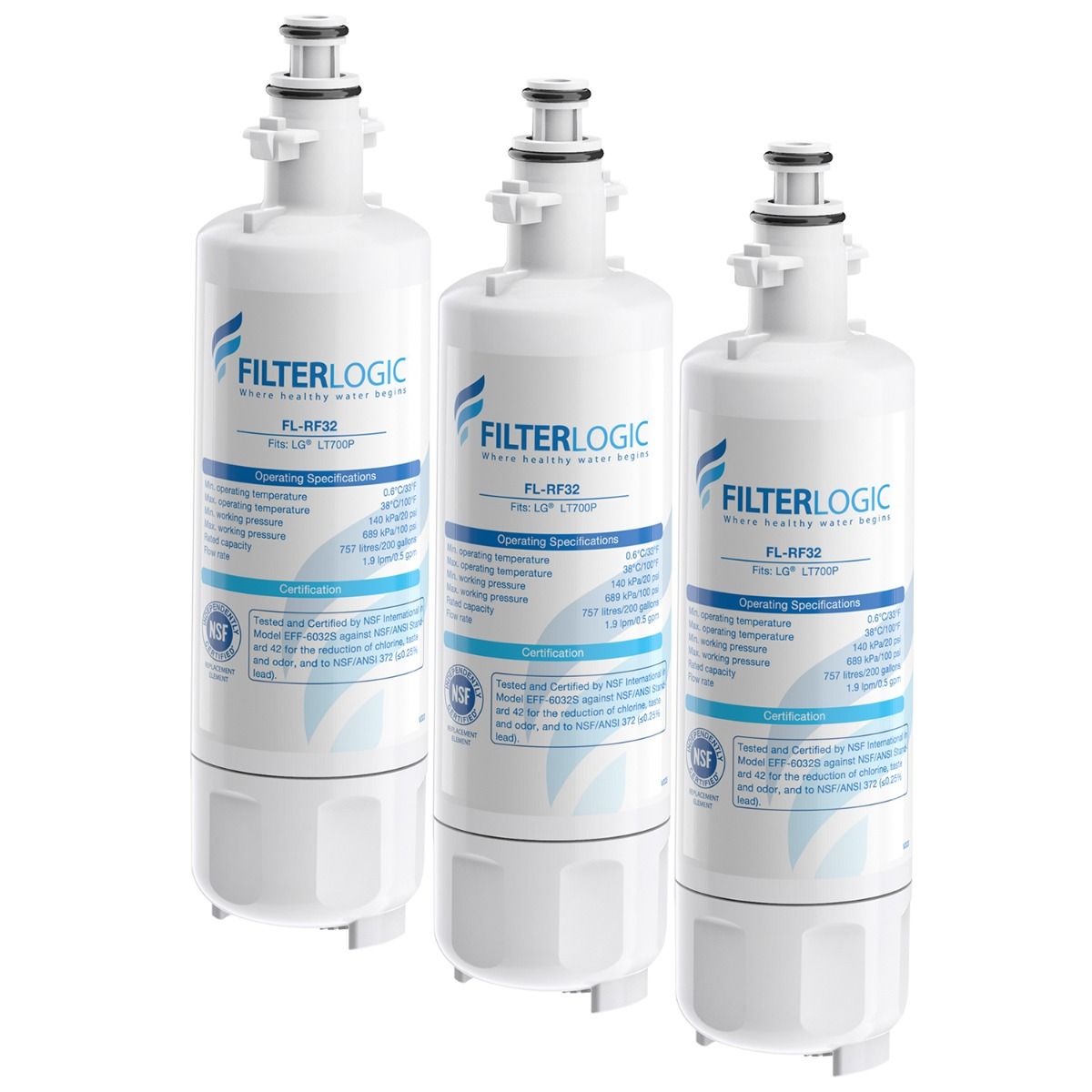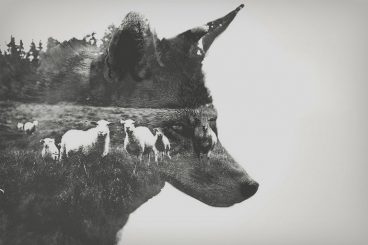

The bandpass allowances vary widely, but there are essentially two main types of light pollution filters for color cameras broadband filters (broad-spectrum, multi-broadband), and multi-narrowband filters.īroadband filters are used to capture more natural-looking images of objects in the night sky, at the expense of allowing a little artificial light through as well. There are probably over 100 different light pollution filters available today. Image comparison between a Bortle 8 and Bortle 4 sky. The first one was taken from my Bortle 8 backyard (2017), and the other was from my favorite dark sky area about an hour from home.
Filters for photos iso#
The image below shows a 5-minute exposure at ISO 1600 using the same camera and filter under two different skies. The difference between a city sky and a rural dark sky is substantial, with or without the use of a light pollution filter. If you are wondering how bad the light pollution is in your backyard, there are ways to measure your night sky brightness and compare your results from different locations. IC 1396 captured from the city using an Optolong L-eNhance Filter. I asked the incredible community on the AstroBackyard Facebook page for some example images, and they delivered big time. In this post, I’ll share several examples of astrophotography filters being used on a variety of deep-sky objects from the city. Not everyone agrees that using a light pollution filter for your camera is the best way to do astrophotography, but depending on where you live, it might be the only way to go. They help ignore the bright city sky where I live and collect images of objects in the night sky with better contrast between my subject and a brown sky. I rely on light pollution filters to take astrophotography images from my backyard. However, the light pollution filters talked about in this post may make astrophotography from the city a little more practical and rewarding. When it comes to collecting great data from your color camera, there is no substitute for dark skies. The design of the filter includes layers that block specific bandpass lines of the visible spectrum. Tap Color focus to desaturate the background, but keep the foreground in color.A quality light pollution filter will allow the important colors and light emitted by your astrophotography subject to reach the camera sensor, without the nasty brown glow of a washed-out sky.Tap Sky to select from several palettes and adjust the color and contrast in the sky.To adjust what ranges of your photo are blurred instead of in focus, you can also use Depth.Tap Portrait light to adjust the position and brightness to portraits of a person.Tap Camouflage to change the color of distracting objects in your photo.Tap Erase to remove distractions from your photo.Tap Magic eraser to remove unwanted distractions.To undo an effect, deselect the option or tap Cancel.Select the tools you want to use with your photo and make changes.Even if you’re not a Google One member or Pixel user, you can still use blur and color focus on photos taken in portrait mode.
Filters for photos android#
Your device must have at least 3 GB RAM and Android 8.0 and up.

To use most tools, you need a Pixel phone or a Google One membership.To check your editing tools again, select an image and tap Edit.After a few minutes, close and reopen the app.In Google Photos, select an image and tap Edit.Make sure you're connected to Wi-Fi and have available device storage.If you can't find extra editing tools like Magic Eraser :.Your mobile device must have at least 3 GB RAM and Android 8.0+ or iOS 15.0+. Editing features aren’t supported on the web and are limited on 32-bit devices.Save as copy: Makes a new photo with your edits without changes to the original.You might not be able to use this option for certain edits. Save: Saves your changes to the original photo.After you edit a photo, to save changes, at the bottom right, tap Save.You can't undo changes to photos you save as a copy. To undo changes to an edited photo, tap Edit Revert.To compare your edited photo to the original, tap and hold the image preview.While you edit a photo, the icon turns blue when you apply certain features to a photo.


 0 kommentar(er)
0 kommentar(er)
